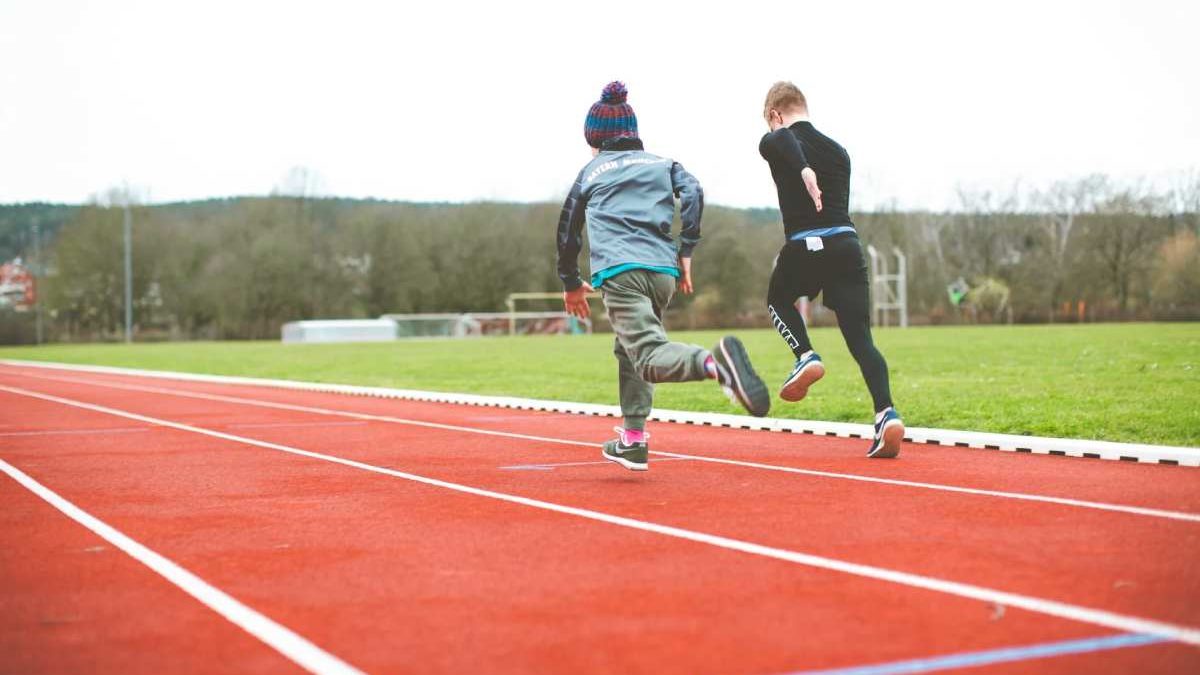Cooper Test: What It Is, What It Consists of and Table with Results
Table of Contents
1. Introduction:
From Wiki, our sports training centre, we tell you everything about the Cooper Test: what it consists of, its origin, the formula and much more.
2. What is the Cooper Test, and what does this test measure?
The Cooper Test an endurance test (not a workout) designed to cover the most significant distance in 12 minutes at a constant speed.
3. What is the Cooper Test for?
The objective of the Cooper Test is clear: it consists of a demanding test where physical preparation plays a significant role. For this reason, the Cooper Test in Physical Education widely used in schools, institutes, or training sessions to measure the aerobic resistance of the subjects.
4. What is the origin of the Cooper Test?
The origin of the Cooper Test dates back to the 1960s, when it was made known through an article published in the Journal of the American Medical Association.
This test specifically designed in 1968 by Kenneth H. Cooper in Oklahoma for the United States Army. This soldier and doctor in the North American ranks devised a way to evaluate and assess the condition of soldiers in a fast, cheap and effective manner.
And wow, he got it! The test meets all of those requirements as it only takes a flat surface and 12 minutes. So the investment is minimal. Hence the great importance of the Cooper Test even today.
The physical form of the soldiers began to be evaluated through the Cooper Test. Cooper devised scaled timetables to determine who fit and who wasn’t.
The effectiveness of this test is such that its use continues to this day. The local and national police, firefighters and other security forces use the Cooper tests for their entrance exams.
5 . Cooper Test Tables
Typically, most of the population in their first resistance tests do not reach excellent or excellent conditions. However, this is not worrying. In addition, the test done to assess physical conditions and monitor improvements.
Physical condition.
Age.
The data must also be differentiated by sex since there are tables of values for women and men.
Cooper Test for men
Depending on the age of the man and the meters he covers in 12 minutes, Cooper establishes these standards for men.
Cooper Test for women
As we said, the distances for women are different. Using the example above, a woman under the age of 30 would have to travel more than 2.7 kilometres to be in Excellent condition.
6. The Cooper Test Formula, what exactly does it measure?
The [Cooper test] also allows us to know our performance and our progress in training through a formula.
It can measure the maximum oxygen consumption used by the body while performing the test. However, it what known as the VO2 max.
Although it is not the best way to measure this parameter, since the best way would be through spirometry, the truth is that this resistance test has been used many times because it is cheaper and easier to do.
This is the formula:
V02max= (22 x km traveled) – 11
7. Cooper test in children and adolescents: can this test done in Physical Education?
It’s advisable to use this resistance test in adults since the Cooper Test in children not established. Since the body of minors is not fully formed, values different from those established today would be needed.
However, and as we have mentioned before, it’s a test carried out a lot in Physical Education to assess the improvements and progress of the students.
8 . Tips for taking
As we said, the results of the Cooper Test at the beginning are usually quite disappointing. However, with training and perseverance they can improve.
If you have to do the Cooper test, we leave you some tips to prepare it and get your mark.
Stretch before you start and also when you finish it.
Do not perform the Cooper Test during menstruation.
It also not the right time if you have a fever, flu or physically tired.
Remember that this test should not use in smokers, asthmatics or people with respiratory problems.
Do the test on a flat surface as required and avoid places with high altitudes. The closer to sea level you do it, the easier it will be.
Do not discourage by the first results. Over time, you will improve the distance travelled. You need perseverance and preparation.
A good workout for the Cooper Test combines strength, speed, and endurance. Do varied exercises to achieve your goals.
Now that you know everything about the Cooper Test and its objectives use it to measure your resistance or that of others.


